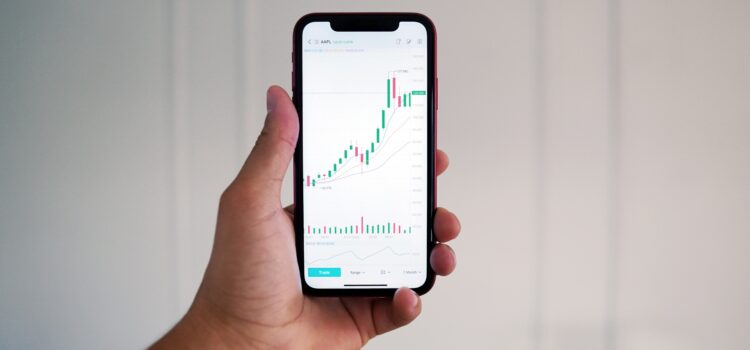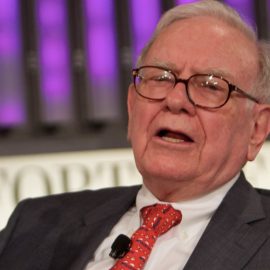

This article is an excerpt from the Shortform book guide to "Flash Boys" by Michael Lewis. Shortform has the world's best summaries and analyses of books you should be reading.
Like this article? Sign up for a free trial here .
What is electronic trading? Is it easy to buy and sell stocks electronically?
The answer is, if you know what you’re doing, it’s fairly simple. Electronic trading is the process of trading stocks using computer technology. It only takes three steps: gathering market data, making a smart trade decision, and executing an order.
We’ll explain what electronic trading is and how it fits into the modern stock market that relies on technology.
How Does the Stock Market Work?
Before getting into what electronic trading is, it’s helpful to know how the stock market works. The stock market is where investors buy and sell stock, or partial ownership in companies. The stock market is composed of many different stock exchanges, which are individual marketplaces where stocks are traded. The National Association of Securities Dealers Automated Quotations (Nasdaq), the New York Stock Exchange (NYSE), and the Better Alternative Trading System (BATS) are all examples of stock exchanges.
Traders and brokers trade stocks on behalf of an investor at a stock exchange, typically doing so as part of investment firms, brokerage firms, or banks. Traders are the financial intermediaries between investors and stock exchanges, and they’re responsible for executing their customers’ orders.
In Flash Boys, Michael Lewis explains that these basic elements of the stock market—exchanges, brokers, and investors—have stayed the same over the years. But stock traders no longer buy and sell stocks in person on a stock exchange floor–-today, traders buy and sell stocks electronically through computer programs. The stock exchange buildings still exist but are now used to house stock exchange computers, called “matching engines,” which pair stock buy and sell orders.
(Shortform note: While Lewis uses “the stock market” or “Wall Street” to broadly refer to financial processes, Thomas Sowell argues in Basic Economics that a market is just humans engaging in transactions among themselves. Sowell asserts that when the stock market is treated instead as a personified, third-party entity, rhetoric is allowed that takes away people’s freedom to transact on mutually agreeable terms. His argument extends to stock exchanges transitioning to electronic platforms if technology is viewed as a tool, not as a third-party entity.)

———End of Preview———
Like what you just read? Read the rest of the world's best book summary and analysis of Michael Lewis's "Flash Boys" at Shortform .
Here's what you'll find in our full Flash Boys summary :
- Why high-frequency trading (HFT) is a threat to your investments
- A look at Wall Street’s greedy response to HFT
- How Canadian trader Brad Katsuyama tried to fight the problem






